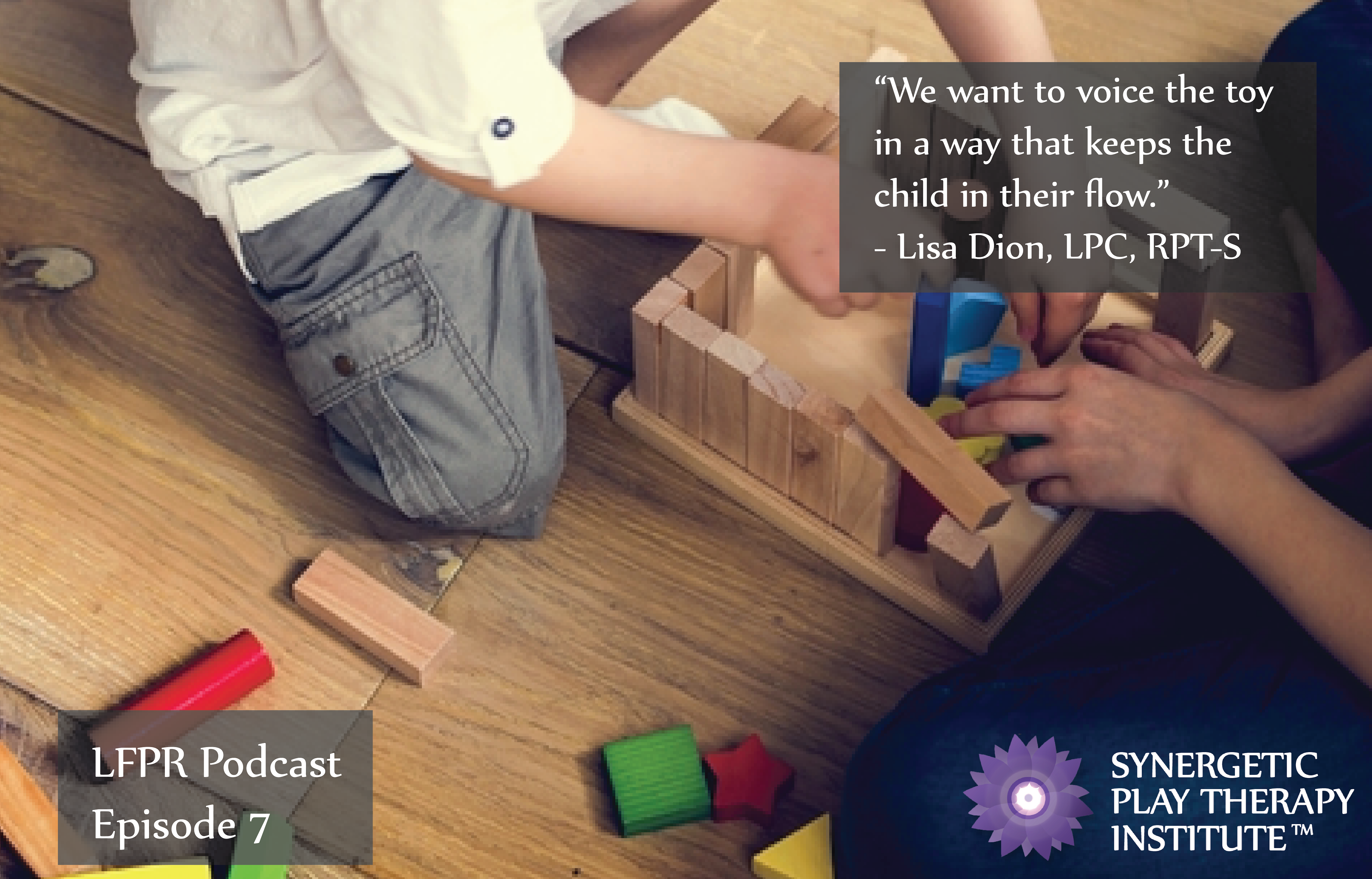Voicing the Toy and Observational Statements with the Brain in Mind
Voicing the toy is an important part of play therapy, but it’s the child’s voice that should prove loudest. In this podcast, Lisa offers tips on helping the child stay engaged in their process. She explains why sticking to the facts and clarity in language are essential for keeping the child in the parts of their brain that we need them in.
2:09 Lisa provides examples of voicing the toy
3:56 Why voicing the toy in certain ways can confuse a child who is deeply engaged in their play
7:17 How to voice a toy in a manner that fosters understanding of your intentions
8:55 The purpose of observational statements and how they track what a child is doing
9:55 Why adopting a “just the facts” approach free of opinions and labels is so important
12:04 How to gauge empowering play in the beginning (hint: play in the beginning that looks empowering may be more about hope than empowerment)
13:32 Why children might engage in certain types of play as a means to please their therapist
14:19 Why we want what we say to make sense to the child
15:24 Why reflective awareness is so vital to each play therapy session





